Emergent aquarium plants are plants that stand above the water surface for various reasons, such as accessing Carbon Dioxide from the air and getting natural sunlight for optimal growth.
Emergent plants are amphibious species that can live along the edges of streams, lakes, or low flood plains. They can spend a considerable amount of time wholly submerged, especially in the rainy season.
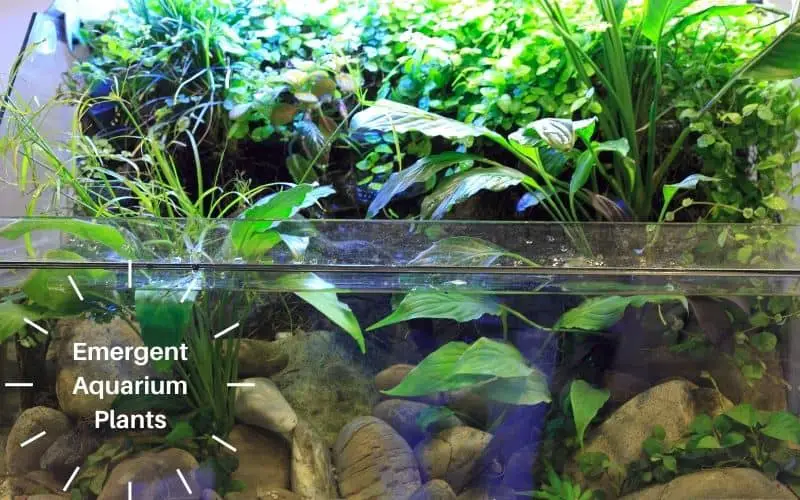
Advantages of Emergent Plants in an Aquarium
Jump To
- 1 Advantages of Emergent Plants in an Aquarium
- 2 Below is a list of Emergent Aquarium Plants you can grow in an aquarium.
- 3 Amazon Sword
- 4 Water Primrose
- 5 Mudflower (Monte Carlo 3)
- 6 Java Moss
- 7 Giant Hygro
- 8 Marsh seedbox
- 9 Wendt’s Cryptocoryne
- 10 Dwarf Sagittaria
- 11 Dwarf Hair Glass
- 12 Giant Hair Grass
- 13 How To Maintain Emergent Aquarium Plants
- 14 How To Anchor Emergent Aquarium Plants
Growing emerged plants have some advantages over other aquarium decorations.
- Aquatic plants act as a food source for your fish that eat plants.
- They provide a natural wildlife habitat for fish to use as a nest or hide to avoid predators.
- They help improve water quality by absorbing nutrients such as phosphorous and nitrogen, reducing algae growth.
- Aquatic plants stabilize the shoreline and waterbody bottom by reducing wave action impacts with their roots.
- They improve the overall beauty of your aquarium by providing a natural atmosphere.
Below is a list of Emergent Aquarium Plants you can grow in an aquarium.
Amazon Sword
Amazon Sword is one of the most popular aquarium plants known for its beautiful flowers flourishes underwater. It is a fast-growing plant and easy to care for, making it a good choice for beginners. Flower production is rare but can be stimulated with fertilizers.
Amazon Sword needs at least 2.5 inches of substrate. You can use any substrate for this plant. It grows very tall and wide with its large leaves. So, you will have to plant Amazon Sword in the center of your aquarium.
| Parameter | |
| Scientific Name | Echinodorus grisebachii |
| Family | Alismataceae |
| Care Level | Easy |
| Color | Light to Dark Green |
| Max Size | 16 inches |
| Water Condition | 6.5-7.5PH, 8-15°dH, 60.8-82.4°F |
| Hardiness | Hardy |
| Light Levels | Moderate |
| Cost | Around $9 |
| PropAgation | Vegetative; Runners |
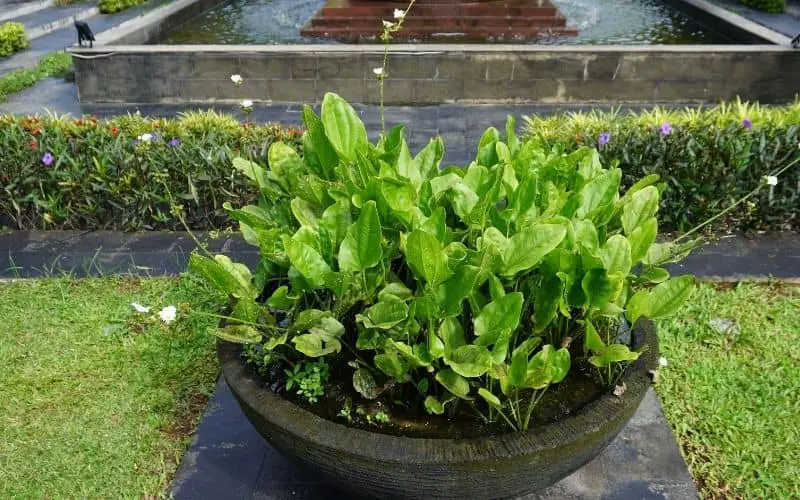
Water Primrose
Water Primrose is a colorful freshwater aquarium plant found in tropical North and Central American waters. it is one of the popular Emergent aquarium plants. This plant is an amphibious plant that can grow either submerged or emersed. This plant is used as a good mid-ground plant and changes colors in different light conditions.
If you need the plant to be vibrant, you’ll have to provide high light conditions, CO2, iron-rich fertilizers, and trace elements.
| Parameter | |
| Scientific Name | Ludwigia repens |
| Family | Onagraceae |
| Care Level | Moderate |
| Color | Green, Red |
| Max Size | 1′ 6″ |
| Water Condition | 72-82° F, KH 3-8, pH 6.5-7.5 |
| Hardiness | Hardy |
| PropAgation | Seeds & Cuttings |
| Light Levels | Moderate to High |
| Cost | Around $2 |
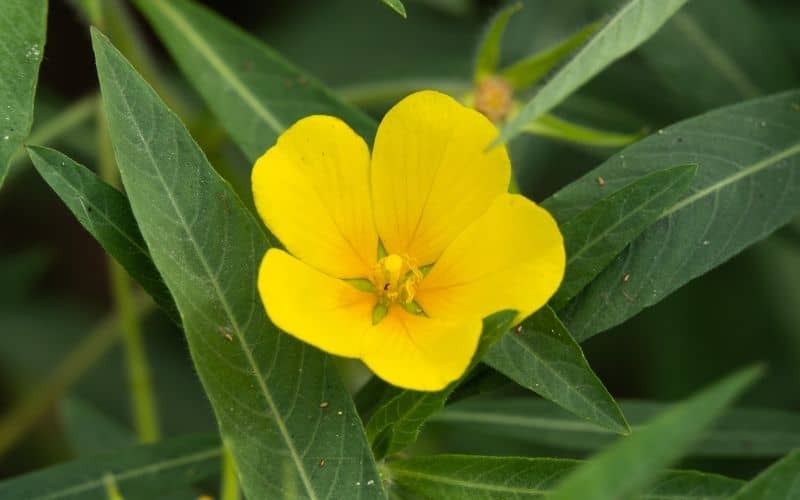
Mudflower (Monte Carlo 3)
A rare plant found in northern Argentina is also known as “New Large Pearl Grass” and in South America as “Bacopita.” It has compressed, round, and bright green leaves on creeping stalks and sprouts.
Monte Carlo 3 can rapidly grow as a floor covering in the aquarium. It can also develop as an overhanging plant. Monte Carlo3 requires high light and CO2 injection for proper growth.
| Parameter | |
| Scientific Name | Micránthemum Tweediei Benth. |
| Family | Linderniaceae |
| Care Level | easy |
| Color | Bright Green |
| Max Size | 1-2” |
| Water Condition | 6-7.5Ph, 2 – 12°dKH |
| Hardiness | |
| Light Levels | Medium to High |
| Cost | Around $8 |
| Propagation | Cut new growth along with roots |
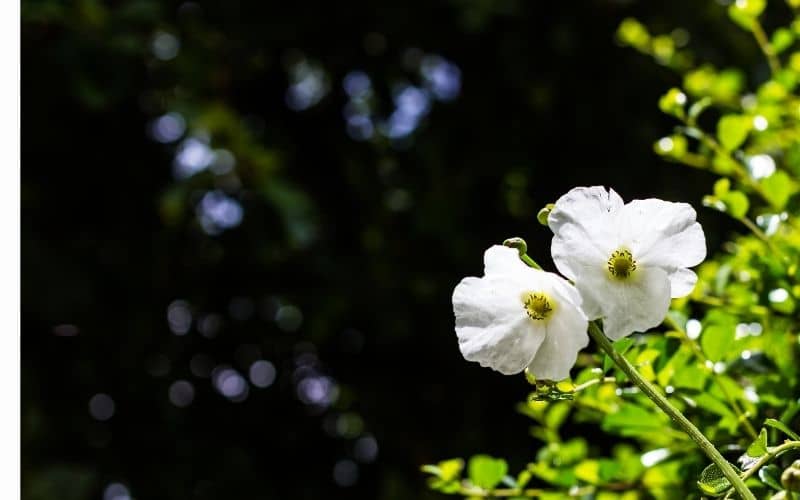
Read more Aquascaping Advanced Guide
Java Moss
Naturally found in southeast Asia, Java Moss is one of the most popular aquarium plants. Java Moss doesn’t have roots. Instead, it has tangles, thin green stems with tiny leaves. Java moss anchors itself to any surface with those stems and is very versatile. It can keep your tank stable and smaller inhabitants safe.
The problem of Java Moss is algae growth. If given too much light, Java Moss will be a magnet for Green Hair Algae, and it isn’t easy to control once spread. This plant can live both emersed and submerged.
| Parameter | |
| Scientific Name | Taxiphyllum Barbieri, formerly Vesicularia Dubyana |
| Family | Hypnaceae |
| Care Level | Easy |
| Color | Green |
| Max Size | 14″ |
| Water Condition | 59-86 °F, 15-30 °C, 5-8Ph, 0 – 21°dKH |
| Hardiness | Hardy |
| Light Levels | Low |
| Cost | Around $8 |
| Propagation | Cut off a piece from another |

Giant Hygro
Giant Hygro is a fast-growing plant that can grow about 24 inches tall. When fully grown, it will produce beautiful velvet-colored flowers above the waters. it is one of the popular Emergent aquarium plants.
It needs fine gravel and fertilizers rich in iron, potassium, and trace elements for proper growth. It’s an excellent plant to put in the background of your aquarium.
| Parameter | |
| Scientific Name | Hygrophila Corymbosa |
| Family | Acanthaceae |
| Care Level | Easy |
| Color | Green, velvet Flower |
| Max Size | 24 inches |
| Water Condition | 6.0-7.5Ph, 71.43 – 321.43 PPM, 72-84° F |
| Hardiness | Hardy |
| Light Levels | Medium |
| Cost | Around $5 |
| Propagation | taking cuttings and planting them in the substrate |
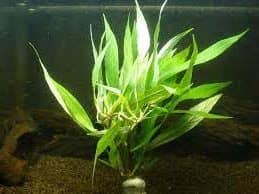
Marsh seedbox
Marsh Seedbox is a small variation of the Water Primrose plant. It is an aquatic or semiaquatic perennial herb that grows in moist to wet to flooded areas. The light level and the fertilizers you provide cause this plant to change colors. In high light conditions, it will show vibrant colors but can survive in low light conditions.
If you want red color variations in your tank but don’t need them to take up much space, this plant would be a perfect choice.
| Parameter | |
| Scientific Name | Ludwigia Palustris |
| Family | Onagraceae |
| Care Level | Moderate |
| Color | Green, Red, Purple |
| Max Size | 20 Inches |
| Water Condition | 72-82° F, KH 3-8, pH 6.5-7.5 |
| Hardiness | Hardy |
| Light Levels | Low to High |
| Cost | Around $10 |
| Propagation | cut the red stem and replant |
Read more Spider Plant in Aquarium/Fish Tank | 15 Things to know
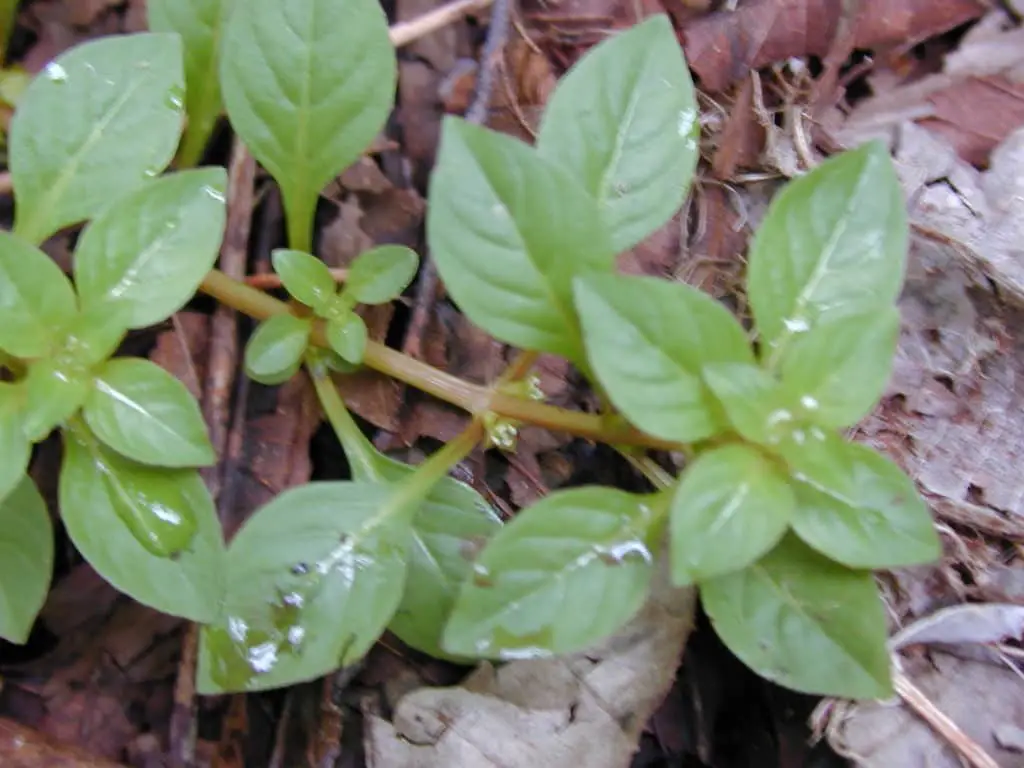
Wendt’s Cryptocoryne
Wendt’s Cryptocornyne, also known as water trumpet, is an aquatic herb native to Sri Lanka. It’s an easy plant to grow and sustain in various light and environmental conditions. This plant is a good choice for beginners.
This plant doesn’t require CO2 injection like other aquatic plants and is suitable for smaller tanks as it doesn’t grow much more prominent. The plant comes in different color variations such as green, brown, and red. It also has a variety of different-sized leaves. it is one of the popular Emergent aquarium plants.
| Parameter | |
| Scientific Name | Cryptocoryne wendtii |
| Family | Araceae |
| Care Level | Easy |
| Color | Green, Brown, and Red |
| Max Size | 18 Inches |
| Water Condition | 6-8Ph, 75°- 82°F, 3-8dKH |
| Hardiness | Hardy |
| Light Levels | Low to High |
| Cost | Around $6 |
| Propagation | A portion of Root with a Living Node |
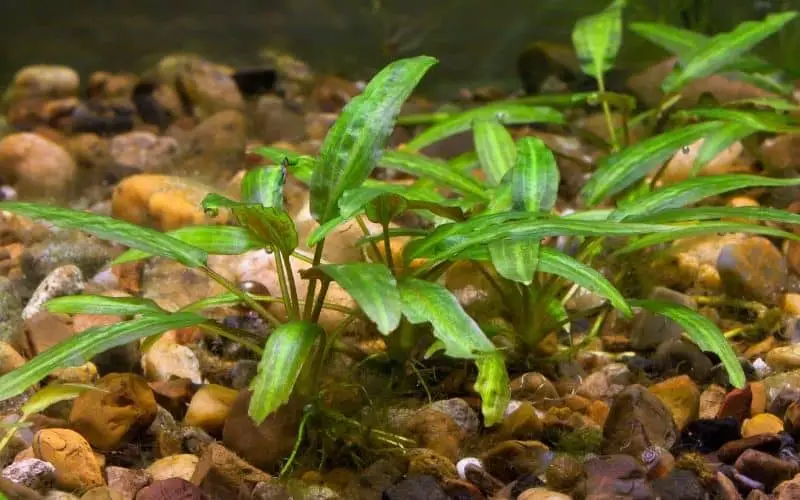
Dwarf Sagittaria
Dwarf Sagittaria is known as one of the best oxygenating plants, and it can tolerate considerable cold temperatures low as 68 degrees Fahrenheit. This plant is also straightforward to propagate, so even a beginner can grow this plant successfully.
It can bear moderate to high light conditions and need iron and CO2 to thrive.
| Parameter | |
| Scientific Name | Sagittaria subulata |
| Family | Alismataceae |
| Care Level | Easy |
| Color | Green |
| Max Size | 12 Inches |
| Water Condition | 6.5-7.5Ph, 68 to 82 °F, 2-15 GH |
| Hardiness | Hardy |
| Light Levels | Moderate to High |
| Cost | Around $12 |
| Propagation | growing runners and spreading |
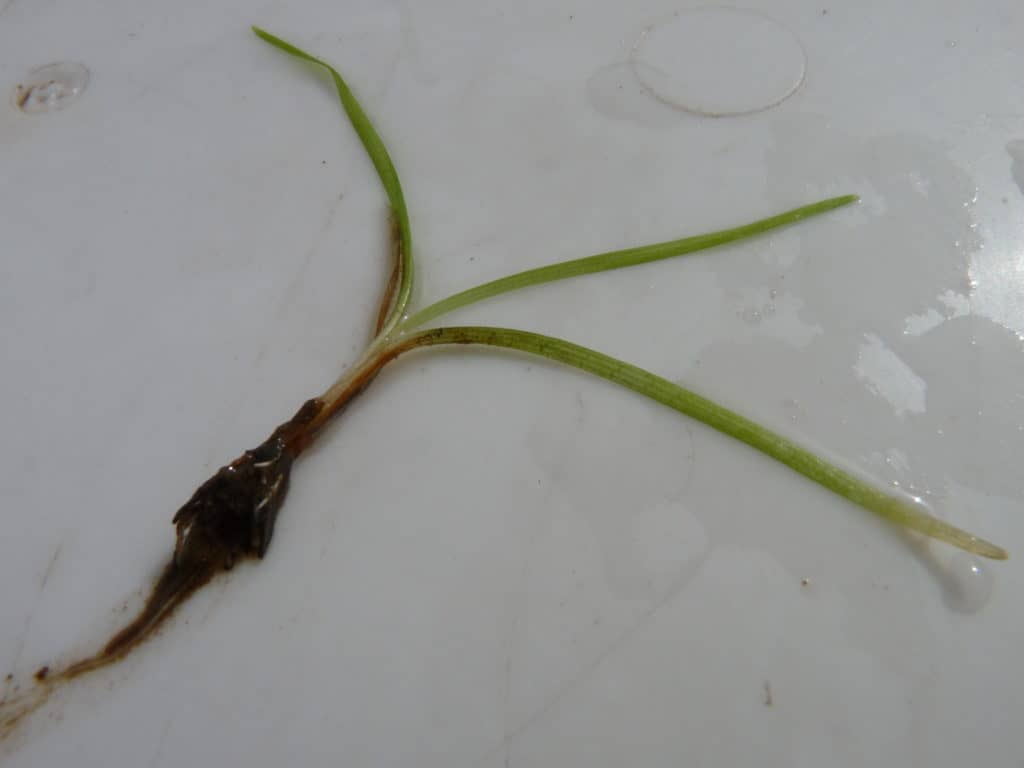
Dwarf Hair Glass
Dwarf hair glass is a freshwater aquatic plant that can grow both emersed and submerged. It’s a widespread species all across the globe. This plant is primarily used as a carpet or a coating to the tank’s bottom as it’s a fast-growing plant.
There are many benefits of Dwarf Hair glass. It can oxygenate water, control Nitrate levels of water, remove pollutants and provide shelter to bottom-dwelling fish. This plant is also a good food source for fish and a shield from the current. it is one of the popular Emergent aquarium plants.
| Parameter | |
| Scientific Name | Eleocharis parvula |
| Family | Cyperaceae |
| Care Level | Easy |
| Color | Green |
| Max Size | 6 Inches |
| Water Condition | 50-85°F, 6.5-7.5 pH, 2-10 KH |
| Hardiness | Hardy |
| Light Levels | Moderate |
| Cost | Around $5 |
| Propagation | Runners |
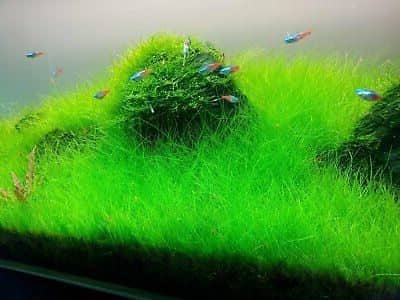
Giant Hair Grass
Giant Hair Grass is a perfect background plant to cover large sections of an aquarium as it grows exceptionally tall. Hair Grass is a very low-maintenance plant that doesn’t require CO2 injection, and it doesn’t stop growing once it reaches the surface of the tank. This plant is originated in North America and is popular in breeding tanks as it provides excellent cover for fry and young shrimps.
| Parameter | |
| Scientific Name | Eleocharis montevidensis |
| Family | Cyperaceae |
| Care Level | Easy |
| Color | Green |
| Max Size | 30 Inches |
| Water Condition | 59° – 77° F, 6-9 Ph |
| Hardiness | Relevantly hardy |
| Light Levels | Medium to High |
| Cost | Around $6 |
| Propagation | Cut new growth along with roots |
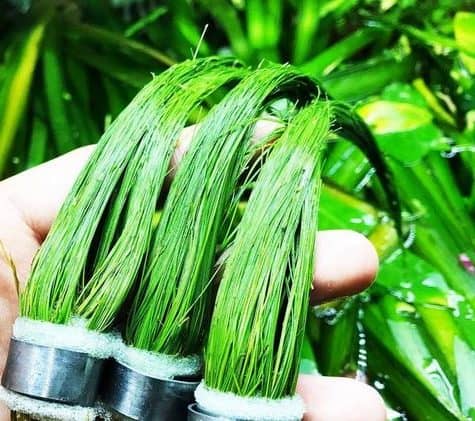
How To Maintain Emergent Aquarium Plants
You can’t have emergent plants in your aquarium within minutes like faux plants.
You have to prepare your tank with suitable soil or substrate and control CO2 levels, iron, and other supplements in your tank. And you have to do all of them, not harming your fish. Growing emergent aquarium plants have many benefits for your fish.
If you successfully grow these plants in your aquarium, your fish will have a natural food source, a suitable habitat, a place to hide from predators, and healthy oxygen straight from the plants. They can also lower the nitrate level of water which is helpful for your fish. So, how should you plant these species, and how to maintain them?
Soil
Some emergent plants need soil to thrive, and some will go fine with aqua soil (which means substrate like gravel). Some plants grow on any surface. You have to check soil requirements before placing your plant in your tank.
After preparing your tank with suitable soil, set them according to the guidelines. Some plants grow large and will be prominent. You have to place those plants in the middle of your tank.
Light
Most emergent plants need at least some sort of light for at least 8 hours per day. Depending on the light level, some plants show vibrant or dull colors. So, check the light requirement of your chosen plant before setting it up in your tank.
If you use direct sunlight for your tank, be sure to cover up with some shelter, as direct sunlight can kill both fish and plants’ aquatic life.
Nutrients
Basically, emergent plants need CO2 and Nitrate for optimal growth. If your tank can not provide them with current conditions, you’ll have to provide them artificially. You can inject CO2 through a diffuser and put Potassium Nitrate (KNO3) regularly to increase your tank’s Nitrate level.
But you have to do that carefully as too much CO2, and Nitrates are not healthy for your fish. Always stick to the guidelines of an expert. Some plants like Water Primrose and Giant Hygro need iron and other fertilizers to thrive.
You have to provide these supplements if you plan to grow such plants. Many emergent plants are hardy and will go fine with water condition changes. Some are even capable of living in cold weather. You don’t have to worry much about water conditions unless you have specific fish species that need particular water conditions.
How To Anchor Emergent Aquarium Plants
Keeping emergent plants in your aquarium is a fantastic idea. But, how do you anchor them? Many emergent aquarium plants are root feeders, while some are Colum feeders. Root feeders grow a robust root system to obtain nutrients. We usually anchor root feeders into the substrate of the tank.
Some root feeders are happy to establish on rocks and ornaments, while some need substrate like gravel to establish their root system. Colum feeders are floating plants. They absorb nutrients from the water. Some Colum feeders have floating roots, while some don’t.
You can directly put Colum feeders into your aquarium. They will start to flow and begin to adapt to your tank.
But how about root feeders? How do you anchor them?
You have few options.
- Put some aquarium pebbles or rocks around the plant’s base
- Tie the plant roots to some rocks
- Wrap the plant, or its roots around driftwood
- Keep the plants in their pots and put the pot into the tank
- Wrap the plant with Plant Anchors and put them into the tank
- Use a thick base of sand to put the plant or
- Use a Nylon Mesh to hold them down
The aim here is to hold the plant roots below the substrate until it grows its root system; after the plant forms its root system, the anchors’ need decreases. Aquarium plants help you to make a little ecosystem inside your aquarium. Your fish will thrive and be happy in your aquarium in the presence of emergent aquarium plants as they receive a natural ecosystem, not a prison.
Video Credits to pecktec
